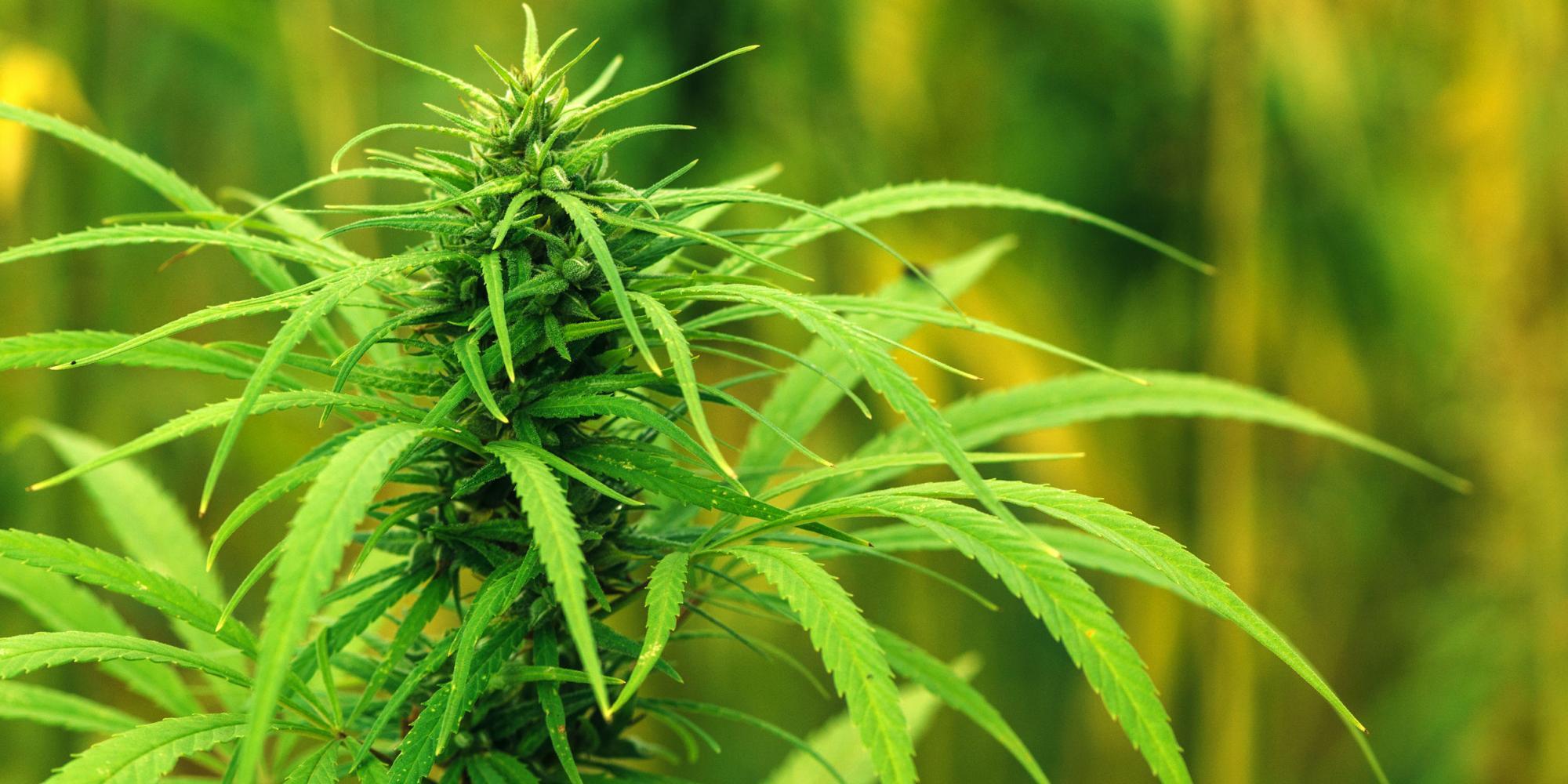06.27.2025
Sausage casings bulletin, June 27, 2025

Runner market commentary
...

Hemp markets developed under unique circumstances, with unique regulatory pressures that shaped hemp’s novel supply and demand fundamentals. This had a profound impact on hemp prices through Q2 of 2019, particularly CBD prices. Hempseed did not even receive GRAS (Generally Recognized as Safe) status from the FDA until 2018 and hit some significant roadblocks along the way. In 2001, the DEA published a rule that banned hempseed products with any amount of THC. History buffs and policy wonks can read here.
Hempseed was an illegal drug, until the Hemp Industries Association (HIA) and others challenged the DEA in the 9th circuit. That court eventually sided with HIA and the group of hempseed food and self-care product manufacturers that were listed as plaintiffs. Legal wonks can read that decision here.
This provides some context for the efforts to normalize cannabinoid markets, which in some respects are in limbo. Plenty of operators have charged ahead without any clear regulatory guidance, but the Fortune 500’s that were poised for a CBD market entrance have put their ventures on ice for the most part. All eyes are on the FDA’s proposed CBD rules, now sitting at the White House OMB while key stakeholders are meeting with relevant policymakers as part of the review. We discussed this in yesterday’s commentary.
Where markets go from here, and whether the FDA’s proposed rules will either unleash, or further suppress markets, isn’t known. If markets continue on as they are, we can expect a continued evolution of highly fragmented markets, and forces unique to each segment. The fiber segment faces the least regulatory headwinds when compared to cannabinoids and hempseed. Hempseed cleared a major hurdle back in the early 2000’s in terms of THC, but the markets are still constrained by regulations that prevent hempseed meal from being added to commercial feeds. Efforts to obtain approval for feeding hempseed products to various species of animals are underway, but hempseed markets today are unable to progress unfettered, shaped solely by demand.
Demand for CBD was originally driven by patients seeking relief from seizures and other serious medical conditions. This expanded to wellness, aided by a better collective understanding of the human endocannabinoid system. Previously limited to people with a more nuanced understanding of wellness or cannabis, major media personalities introduced CBD to the masses. CNN’s Dr. Sanjay Gupta notably covered CBD and cannabis back to 2013, but eventually social media influencers and the likes of Martha Stewart promoted CBD for a range of self-care uses.
CBD markets developed in response to this demand, but with a supply picture that was highly restrictive and unable to scale on any meaningful level. Policy eventually changed that, giving rise to the hundreds of thousands of acres of permitted hemp in 2019, and continued enthusiasm this year. When we say that markets are fragmented, it means that there are lots of different trade flows that aren’t connected. The propensity to adopt a vertically integrated approach to CBD markets has created silos of demand that at times are entirely disconnected from the wholesale marketplace.
Many of the major brands are buyers of biomass, but increasingly, formulators will take advantage of the surplus inventories of derivatives. Markets are slowly coalescing, but the siloed nature of so many key companies will continue to shape the sector. Some of these silos are chock full of extract inventories, and as we discussed prior to the pandemic, major extractor bankruptcies could have a substantial impact on markets developing cadence, as unsold inventories are liquidated.
With hempseed, we can generally project that a healthy jump in demand is 18 months to two years out. For CBD, the picture is much less clear and dependent on global policy, such as the EU novel food policy or FDA’s regulations. Ultimately, the courts will inform the marketplace and it will be beyond the 5 years horizon before the dust settles.
06.24.2025
Correction to sausage casings, resale, North American hog runners, whiskered, ex-works North America on June 20: pricing notice

North American hog runners price published on Friday was incorrect due to a formula miscalculation. The original reported price of $1.63 has been corrected to the accurate rolling average...